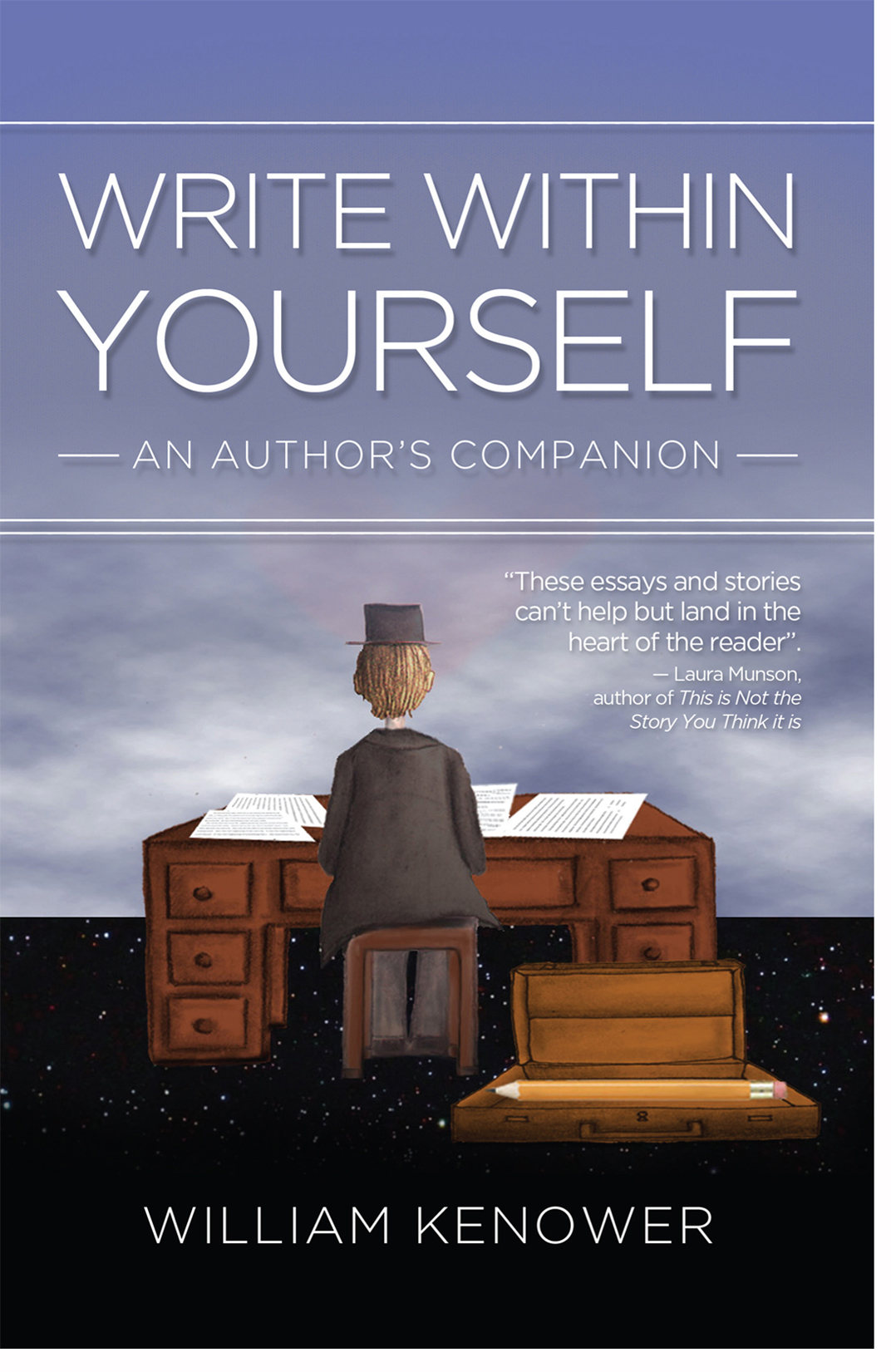How To Be An Everyday Author
One of the first rules writers learn about effective description is that we can’t describe everything. Look at the room, or bus, or café where you’re sitting now. Take a moment to notice the myriad details you could include if you were to describe that setting. Those details include everything you’re wearing, even your shoelaces; there is also the color of the sky, or the color of the walls, or that crack on the ceiling. There are also all the nails in the floorboards, or the scratches on the table. Even in a single room, the choices of details are nearly limitless. And so the writer must choose those few compelling details from which the reader can imagine the entire scene. In this way, whether they realize it or not, what readers see in their minds’ eye is as much a product of their imagination as the writer’s words. Though it is often portrayed as a passive experience, reading is wholly active and collaborative.
I am often reminded of this when I am out and about in the world. I have divided my life more or less in two. The Writer in me must be alone. Not only must he be alone to simply do his job, but solitude is the power source from which he charges his sanity battery. Without solitude, my Writer forgets who he is. But The Author in me needs to be with other people. The Author is a little tired of the thoughts rattling around in his head and would very much like to know what other people are saying and doing. The Author needs to breathe the air of other people’s perspectives, needs to share and mingle and laugh and discuss and listen. The Author knows that other people, as curious and frustrating and odd and complicated as they may be, complete his world.
Mind you, my Author can’t really differentiate between a book signing and a trip to the grocery store to buy milk. As soon as other people are introduced into the mix, he must be conscious of his imagination to understand the world. Other people are like living books, great walking and talking collections of details, of hairstyles and word choices and gestures. The Author’s imagination can fill in a great many details in the spaces between other people’s words, can assign histories and motivations, thoughts and prejudices.
In fact, my Author’s imagination can spring to life so quickly and so convincingly that he may not even notice that he is seeing, not the person, but the story he is telling about that person, whether that person is a cashier, a reader, or an editor. The Author must be aware of the stories he is telling. After all, The Writer is not throwing words onto the page willy-nilly. The Writer deliberately chooses the story he is telling. The Author must do the same.
The Writer knows which stories to tell because of how he feels when he’s telling them. My Author has told many stories about other people, particularly people who like or do not like what The Writer has written. Many of those stories leave The Author feeling worse than before he told them. He has told the story that these other people put him on a pedestal – what a lonely place to be. Or, that these other people think he’s talentless – how cruel they are.
There is really only one story about these other people that The Author enjoys telling, if he can only remember to tell it. It is a story without villains or victims or heroes, without kings or queens or peasants. It is a love story, whose happy ending was written in his heart the day he was born.
Write Within Yourself: An Author's Companion.
"A book to keep nearby whenever your writer's spirit needs feeding." Deb Caletti.
You can find Bill at: williamkenower.com


